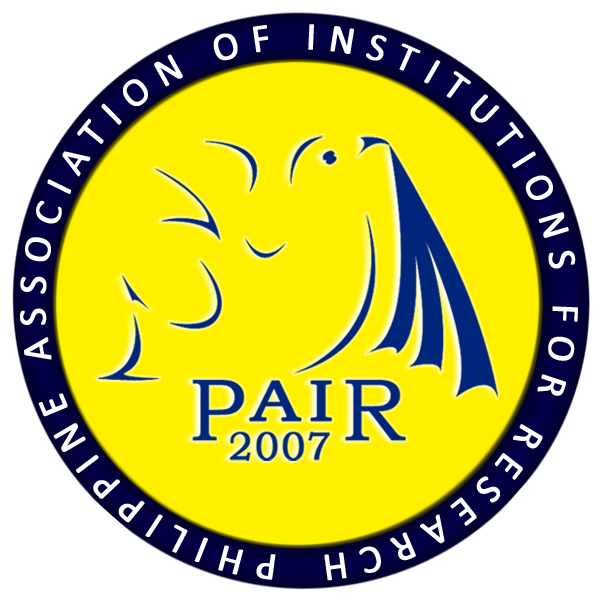Quality of Care for Hospitalized Children
DOI:
https://doi.org/10.7719/jpair.v1i1.27Keywords:
Quality, care, hospitalized childrenAbstract
The study evaluated the existing services for hospitalized children at Davao Medical Center (DMC) and their alignment with international standards set by the United Nations Convention on the Rights of the Child (UNCRC). These guidelines emphasize a safe and caring environment, child-sensitive medical procedures, open communication among patients, families, and medical personnel, accessibility to developmental opportunities for children, and valuing children’s participation in their hospitalization. Using a descriptive research design, data were gathered through survey questionnaires based on the handbook Rights of the Hospitalized Child and focused group discussions. Respondents included 25% of pediatric inpatients during the survey period, with parents or guardians answering on behalf of children under six years old. Separate focus group discussions were held for pediatric patients and parents. The study also applied Donabedian’s quality dimensions focusing on structure and process. Findings revealed that while DMC provides satisfactory services, there is room for improvement in creating learning and play opportunities for hospitalized children. The study recommends that DMC collaborate with community partners, private sectors, and educational institutions offering courses in education, early childhood development, special education, and psychology to develop training programs. Additionally, incorporating an orientation on child life programs into hospital staff training could enhance service delivery. Strengthening partnerships with organizations like the Kythe Foundation could further improve services for hospitalized children, ensuring their rights are upheld and their hospital experience is more child-friendly.
Downloads
References
Bellamy, C. (2001). The state of the world’s children, 2001. New York, NY: UNICEF.
Downloads
Published
Issue
Section
License
Copyright (c) 2008 Crissa Marie L. Nacionales

This work is licensed under a Creative Commons Attribution-NonCommercial 4.0 International License.
Open Access. This article published by JPAIR Multidisciplinary Research is licensed under a Creative Commons Attribution-Noncommercial 4.0 International (CC BY-NC 4.0). You are free to share (copy and redistribute the material in any medium or format) and adapt (remix, transform, and build upon the material). Under the following terms, you must give appropriate credit, provide a link to the license, and indicate if changes were made. You may do so in any reasonable manner, but not in any way that suggests the licensor endorses you or your use. You may not use the material for commercial purposes.




















